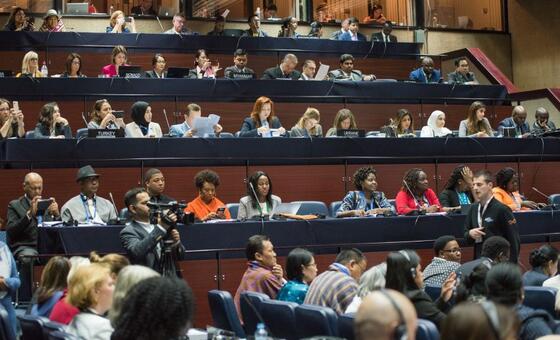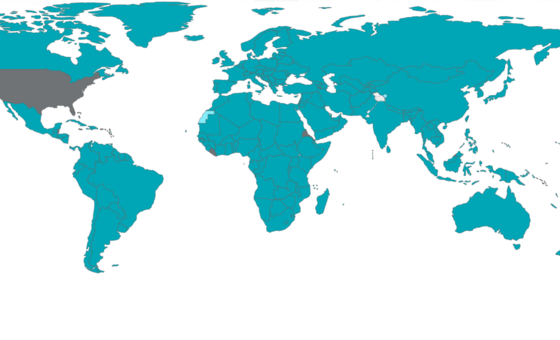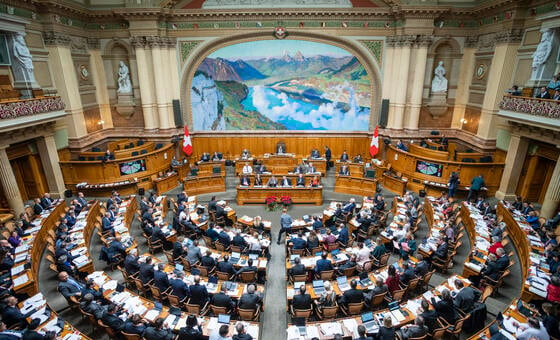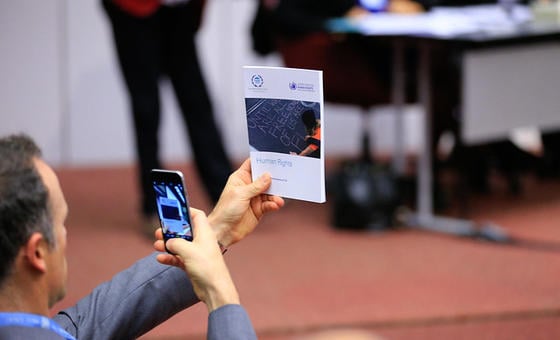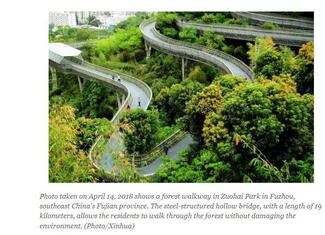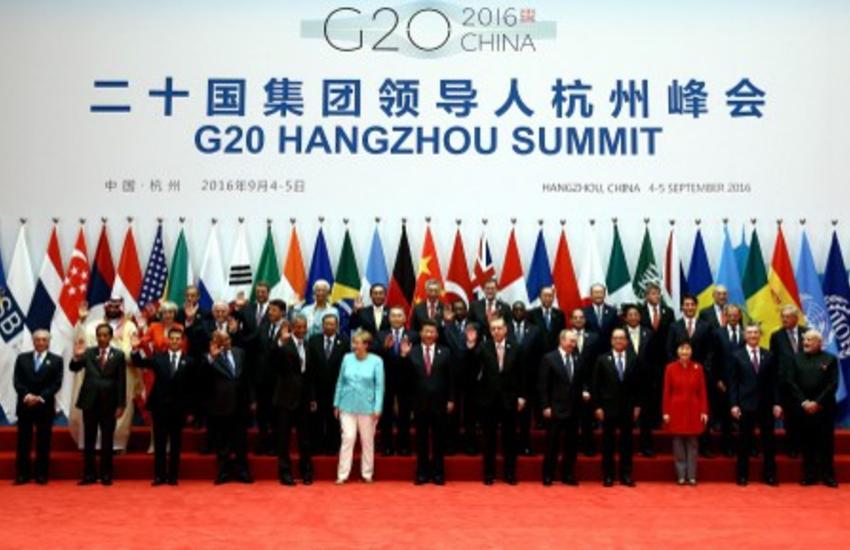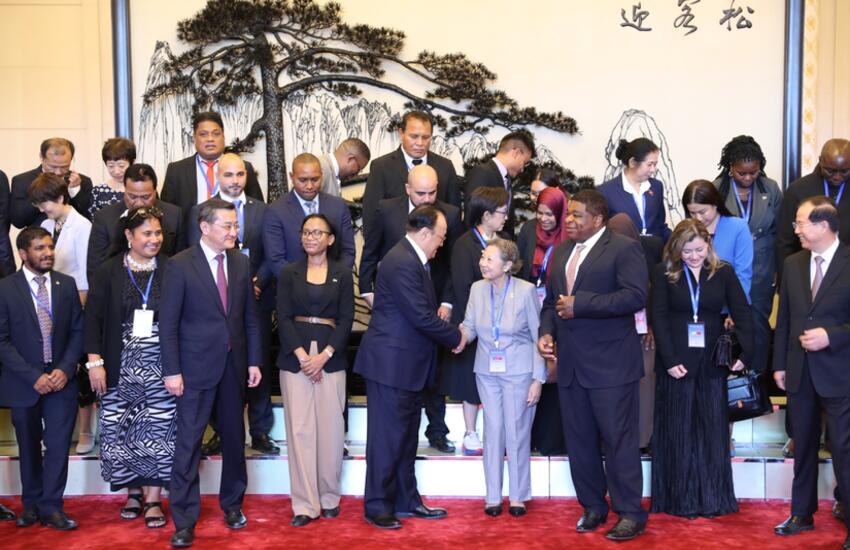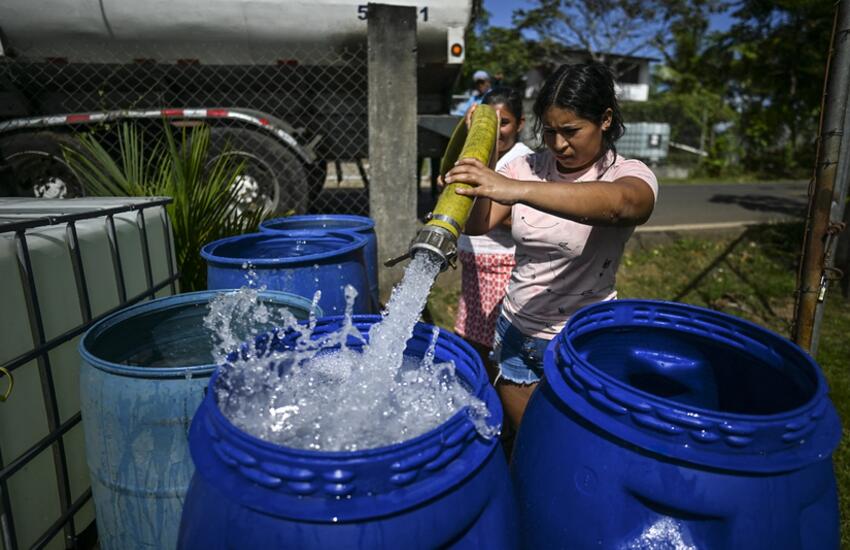In recent years, the NPC has made significant legislative progress to enable implementation of the SDGs. For example, regarding the ecosystem and environment, the NPC has adopted an amendment to China’s Constitution which now incorporates “ecological civilization”. The NPC has promulgated over 30 relevant laws, more than 100 administrative regulations and over 1,000 sub-national regulations. All of these have given shape to China’s ecological and environmental protection legal system, which includes the Environmental Protection and Biosecurity Law; special laws on preventing and controlling air, water, soil, solid waste, noise, and radioactive pollution; laws on protecting ecological and biological diversity, laws on resource conservation and utilization, laws on river basin ecological and environmental protection, and laws to protect special geographies.
These laws prioritize prevention and protection, establish a comprehensive management system, encourage public participation, and outline the responsibilities for damages, forming a strict environmental protection framework.
The NPC Standing Committee also disposes of a range of supervision measures, including law enforcement inspections, to contribute to China’s battle against pollution. From 2018 to 2022, the chairman of the NPC Standing Committee, who also chaired the law enforcement inspection teams for five years, carried out numerous field visits to examine the implementation of the laws on ecological and environmental protection.
Results and impact
With the strengthening of ecological and environmental governance, China’s environment is continuously improving. Changes are being observed on the ground with local populations feeling reassured as their environment improves. In regards to air quality, the proportion of days with good or excellent air quality in cities at or above prefectural level has increased from 76.7% in 2015 to 87.5% in 2021. The annual average PM2.5 concentrations have dropped from 50 mcg/m3 in 2015 to 30 mcg/m3 in 2021. The number of cities that have met air quality standards has grown from 73 in 2015 to 218 in 2021, with steady improvements to air quality nationwide. Similar upward trends have also been observed regarding surface water quality in China.
The legislation adopted by the NPC on environmental protection reflects China’s realities and has produced sustainable and impactful results. The environmental protection tax, for example, conveys a very clear message that the more pollutants one discharges, the more tax will be levied, and that no pollutants will be exempted. The aim is to enhance environmentally sensitive development through a green taxation system and adjustments in the actions of polluters.
Following the environmental protection tax, Chinese enterprises have made changes. For instance, in the very year when the tax was to be levied, Shougang Shuicheng Iron and Steel (Group) Co., Ltd., the largest state-owned iron and steel combined enterprise in Sichuan Province and a major polluter, formulated its 2018 Green Action Plan Implementation Scheme – a total investment worth US$ 73 million, and 11 environmental protection projects. Weihai Longgang Paper Co., Ltd., also labeled a “big energy consumer and major polluter”, has incorporated green development into its production and operation.
Challenges
The structural pressure on China’s ecological and environmental protection has not been eliminated yet. There is a gap between ecological and environmental quality and people’s aspiration for a better life. The system needs further improvements and alignment with the SDGs. Some complementary standards require upgrading. There is a need for raising public awareness about the urgency of advancing environmental protection. Some private enterprises and local governments still need to be more motivated to control pollution and protect the environment. In addition, the legal environmental protection framework has not been fully granted in practice, and law enforcement and supervision capacities of local governments require further technical support.

